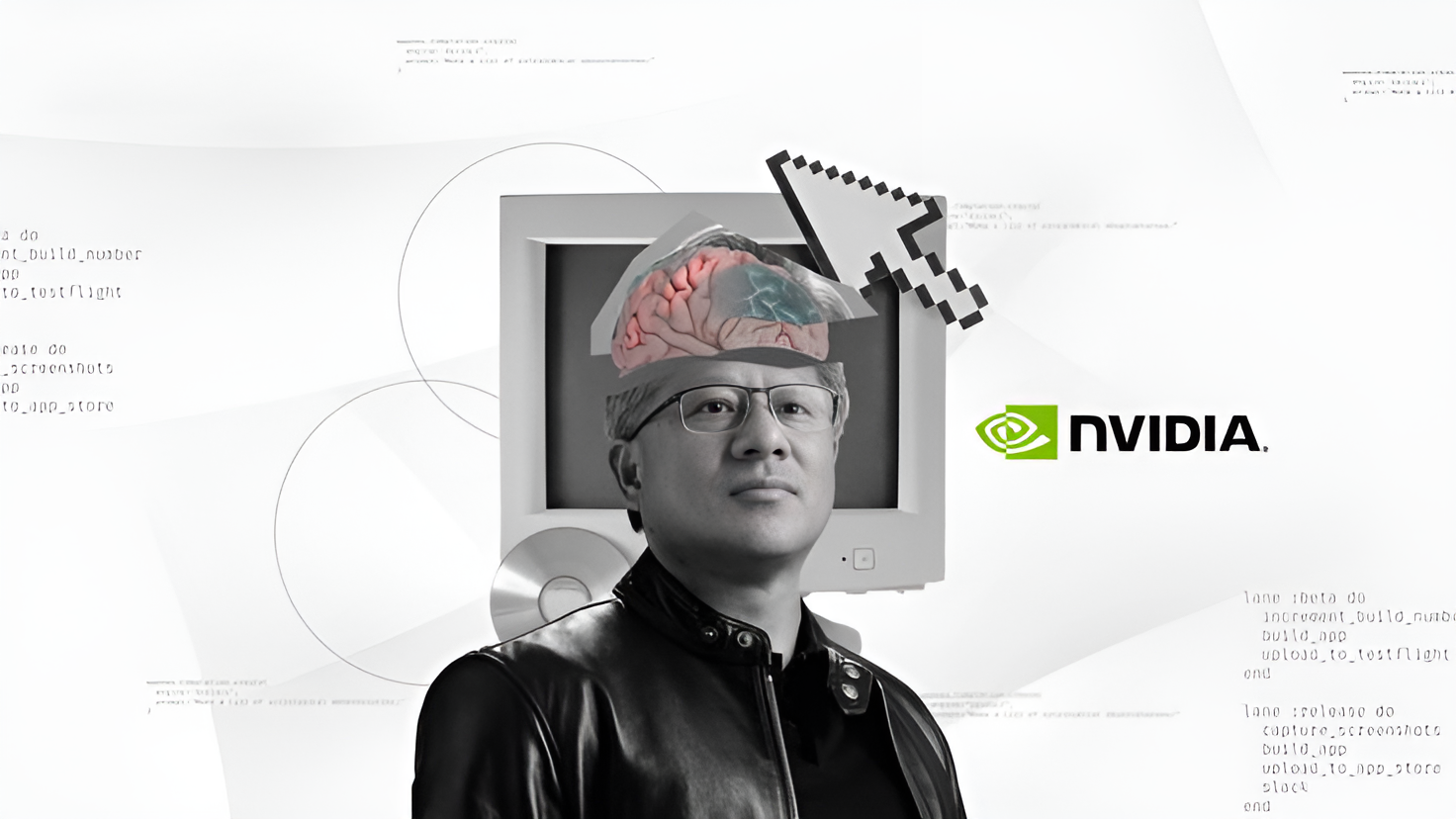In a strategic and highly consequential move, a coalition of leading technology firms is preparing to challenge the longstanding dominance of legacy defense contractors in the United States. Spearheaded by Palantir Technologies and Anduril Industries, the initiative aims to reshape how the U.S. government procures military technologies by leveraging Silicon Valley's innovation ecosystem.
Set to officially launch in the coming months, the consortium is expected to include prominent firms such as SpaceX, OpenAI, Scale AI, and Saronic, a startup specializing in autonomous maritime vessels. These companies bring with them cutting-edge expertise in artificial intelligence, automation, big data analytics, and autonomous systems—capabilities that are increasingly vital in modern warfare and national defense.
A Modern Defense Vision Rooted in Technology
At its core, this new alliance represents a bold reimagining of defense contracting. Rather than rely solely on traditional military suppliers—like Boeing, Lockheed Martin, and Northrop Grumman—the U.S. Department of Defense appears more open than ever to engaging agile, tech-forward companies capable of rapid iteration and cost-effective delivery.
The idea is not simply to challenge incumbents but to rebuild the defense technology stack from the ground up. That means moving away from bloated, decades-long projects like the F-35 fighter jet or aircraft carriers that take years to deploy, and instead focusing on scalable systems that harness AI, machine learning, automation, and advanced robotics.
Insiders have described the consortium’s mission as building a “new generation of defense contractors”—organizations with the speed and adaptability of startups, backed by the resources and vision of some of the world’s most influential tech entrepreneurs.
Bridging Silicon Valley and the Pentagon
This new wave of defense-focused innovation is being driven by a cultural and technological convergence between Silicon Valley and Washington. Long seen as distant—if not mutually wary—communities, tech companies and defense agencies are increasingly recognizing the need for collaboration.
For the Department of Defense, AI and autonomy are no longer experimental technologies—they are strategic imperatives. The 2024 National Defense Strategy clearly identifies “integrated deterrence” and “technology modernization” as foundational pillars for U.S. military superiority. For tech firms, this represents both an opportunity for impact and a lucrative market estimated to exceed $800 billion over the next decade.
Palantir, already deeply embedded in U.S. intelligence and defense circles, brings extensive experience in real-time battlefield data analysis. Anduril, founded by Oculus co-founder Palmer Luckey, has made rapid progress with autonomous surveillance towers, drone platforms, and counter-UAS systems. The inclusion of OpenAI signals the potential integration of large language models (LLMs) into military decision-making, intelligence processing, and logistics optimization.
Elon Musk and the Push for Efficiency
Elon Musk, through SpaceX, is an influential presence in the new alliance. Known for his vocal criticism of bureaucratic inefficiency in defense procurement, Musk has long advocated for low-cost, scalable, AI-powered solutions in national defense. He has repeatedly pointed out the shortcomings of traditional systems that consume billions in taxpayer funding while offering limited innovation.
SpaceX’s role could prove crucial—not only in satellite communications and orbital defense, but in pushing for speed, modularity, and automation across the board. With Starlink already playing a vital role in modern conflict zones, the lines between commercial and military aerospace have never been blurrier.
According to insiders, Musk’s involvement has created concern among legacy defense contractors, who fear that a shift toward leaner, tech-first approaches could sideline their long-standing programs. As defense budgets increasingly prioritise autonomy, cyber capabilities, and space infrastructure, the pressure to evolve has never been greater.
Disruption Meets Resistance
While the alliance signals tremendous potential, it also poses significant challenges. Defense contracting remains a heavily regulated and politically sensitive domain, with entrenched relationships, compliance hurdles, and rigorous certification standards.
Legacy defense firms are not expected to go quietly. With decades of experience navigating the intricacies of Pentagon procurement, they wield considerable lobbying power and bureaucratic influence. There will be resistance—both overt and subtle—to the encroachment of untraditional actors into the defense ecosystem.
Nevertheless, the Department of Defense has shown increased willingness to experiment. Pilot programs, innovation challenge grants, and the establishment of technology hubs like the Defense Innovation Unit (DIU) and AFWERX signal a genuine shift in mindset. The door is open—at least partially—for disruptive entrants.
Strategic Technologies at the Core
The alliance’s success will hinge on its ability to deliver practical, secure, and scalable technologies. Key focus areas are expected to include:
- AI-driven battlefield awareness: Using large-scale data processing and predictive analytics to enable faster and more accurate decision-making.
- Autonomous drones and vehicles: Both aerial and maritime, capable of reconnaissance, logistics, or even kinetic operations.
- Cybersecurity and AI-assisted defense protocols: Integrating proactive defense measures and AI monitoring for cyberwarfare threats.
- Space-based intelligence and communication systems: Expanding satellite constellations to ensure global situational awareness and low-latency communication.
- Robotics for combat support and logistics: Reducing human exposure in dangerous environments through automation.
These capabilities do not just complement existing systems—they can potentially replace them, offering more cost-efficient, intelligent, and responsive alternatives to static defense technologies of the past.
An Inflection Point for U.S. Military Strategy
This consortium is emerging at a critical moment. Global tensions are rising, with conflict zones becoming testbeds for new military technologies. Nations like China and Russia have already accelerated their investments in AI-powered warfare and autonomous systems. If the U.S. hopes to retain technological superiority, it must adapt swiftly.
The alignment between forward-thinking tech firms and defense agencies is one of necessity, not convenience. The traditional model—of multi-decade programs led by risk-averse contractors—is increasingly misaligned with the speed and complexity of modern conflict. Agile, iterative, and software-driven approaches are now essential.
What Comes Next?
The group is expected to officially launch its consortium initiative as early as January. While representatives from Palantir, Anduril, OpenAI, and others have yet to comment formally, industry observers are watching closely. The defense sector is anticipating a wave of proposals, pilot projects, and potential contracts aimed at integrating next-gen technology into real-world military operations.
If successful, this could become the template for 21st-century defense contracting—a model where innovation is not a buzzword, but a prerequisite. It could also catalyse a shift in public-private collaboration, where trust and capability matter more than legacy and incumbency.
What remains to be seen is how quickly the Pentagon can adapt its own structures, procurement timelines, and policy frameworks to accommodate this new breed of defense partner. History suggests that bureaucracy moves slowly—but this moment may demand otherwise.
Conclusion
The formation of this Silicon Valley-led defense alliance marks a pivotal shift in how military technologies are conceptualized, built, and delivered. With some of the most influential minds and resources in technology coming together, the opportunity to revolutionize national defense is both real and immediate.
Whether the consortium can overcome the challenges of scale, regulation, and political inertia remains to be seen. But one thing is clear: the defense industry is on the brink of transformation—and the next chapter will be written not just in Washington, but in the innovation labs of Palo Alto, Austin, and Los Angeles.




















Discussion